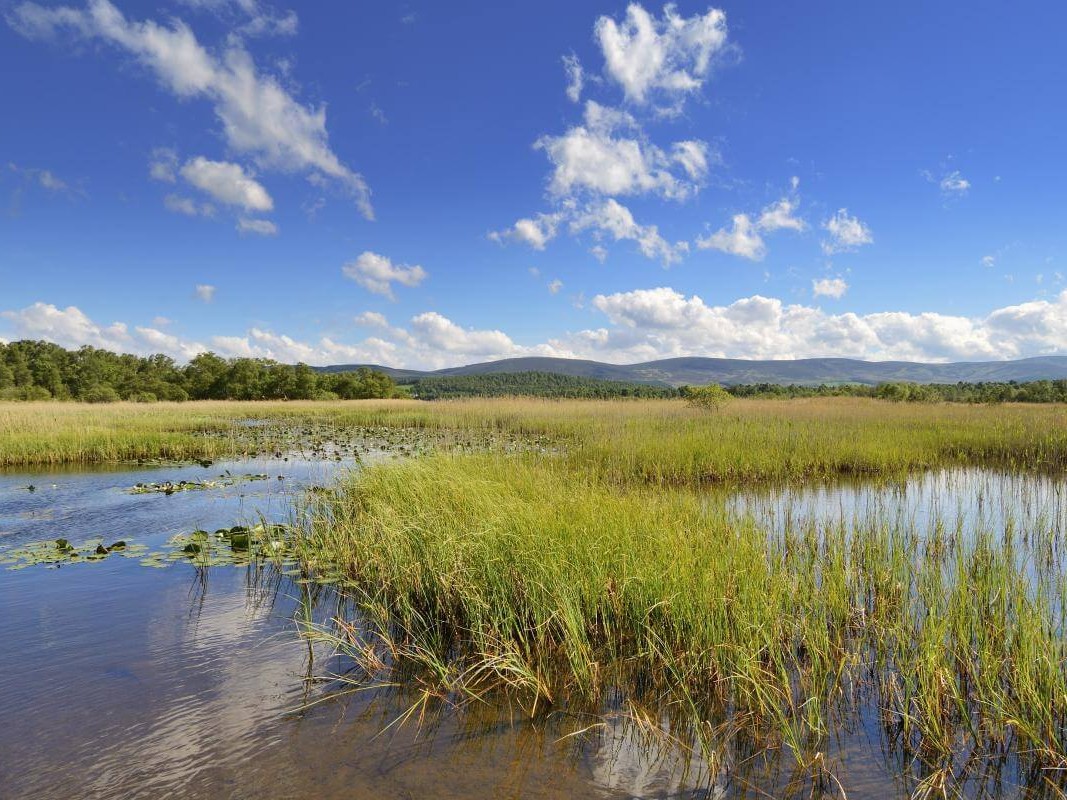Barnyards Marsh
Wildlife
The marsh is a species-rich area of wetland plants dominated by sedges, the most abundant being the Lesser Pond Sedge (Carex cutiformis), which is more commonly found in East Anglia and up the East coast of England than in Eastern Scotland.
Altogether over 90 species of plant life have been listed. Rarer plants on the site include Northern marsh Orchid and Ragged Robin while Meadowsweet, Marsh Marigold and Common Valerian are abundant.

In summer Sedge Warblers and Reed Buntings nest alongside our more usual garden birds, and much of the plant variety is attractive to butterflies, including the Ringlet in early July. Snipe and Jack Snipe overwinter on the site, mostly in the rush dominated area to the North of the drainage ditch.
A small pond has been dug. This has been colonized by the usual insect life and has produced a healthy population of frogs over the last few years. Blue Tailed Damselflies have been observed but insect life has yet to be studied.
Historical Perspective
As can be seen from the surrounding countryside, farming has played, and continues to play a major part locally. This has probably contributed to the demise of most areas of wetland in the East of Fife. Because of this, places such as Barnyards have to be protected from further erosion.
The local Church which overlooks the village is 180 years old, having replaced a previous building, part of which can still be found in the kirkyard. There has been a church on this site for about 800 years.
Finally, if you look 2km North from the main entrance, up to the wooded Balcarres Ridge, you can see Balcarres House and Estate where Lady Elizabeth spent many happy hours studying nature, her love of which led to the Reserve.
Management
This consists at present of keeping the drainage ditch and path through the Reserve clear. An annual Southwest – North East transect takes place, usually around the first weekend in June.
As growth and spread of species become better known some control may become necessary to help keep a balance of species on the marsh, especially to remove invasive garden plants such as Michaelmas Daisy.
Getting there
Driving time from Edinburgh city centre: 1 hr 15 mins. See map below.
